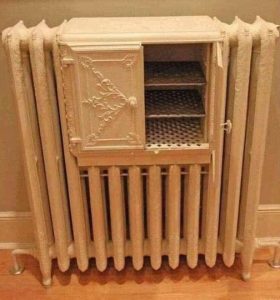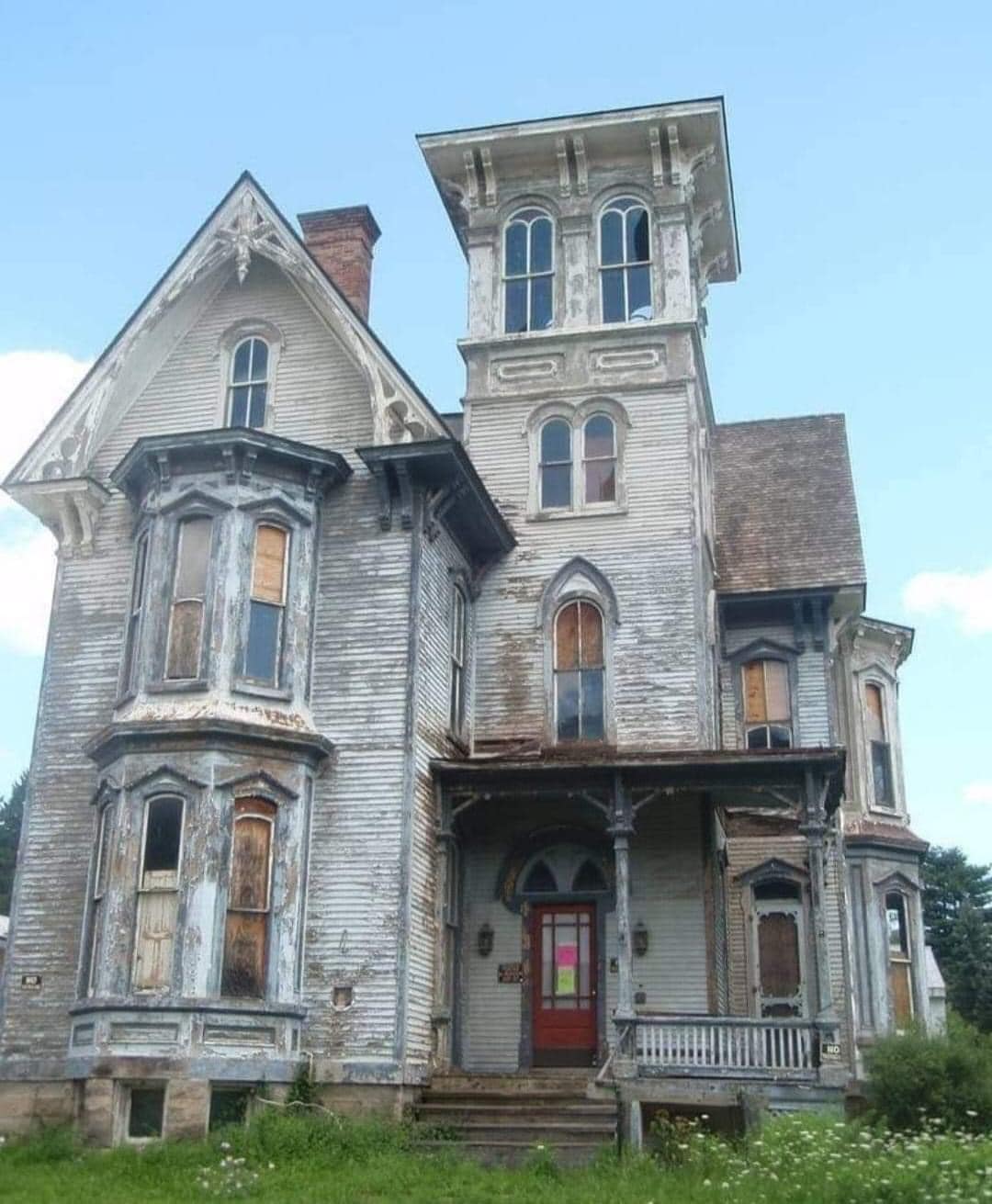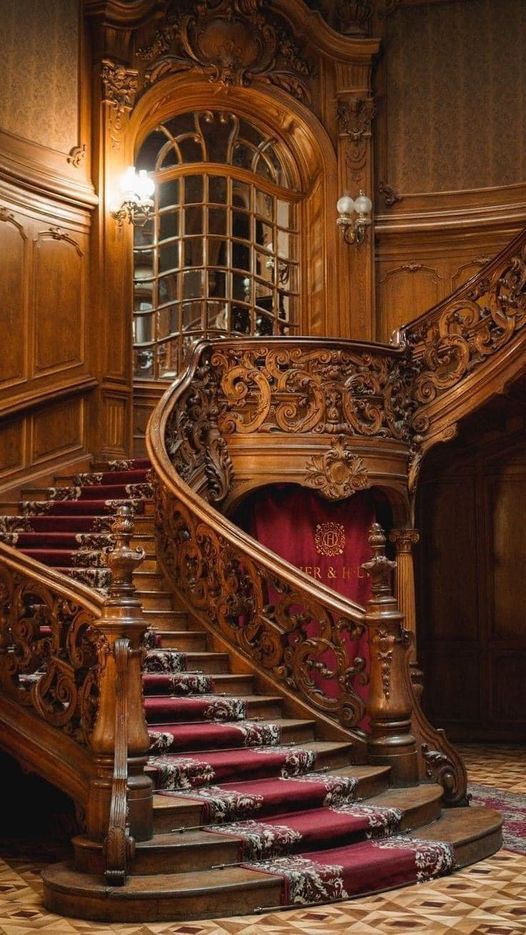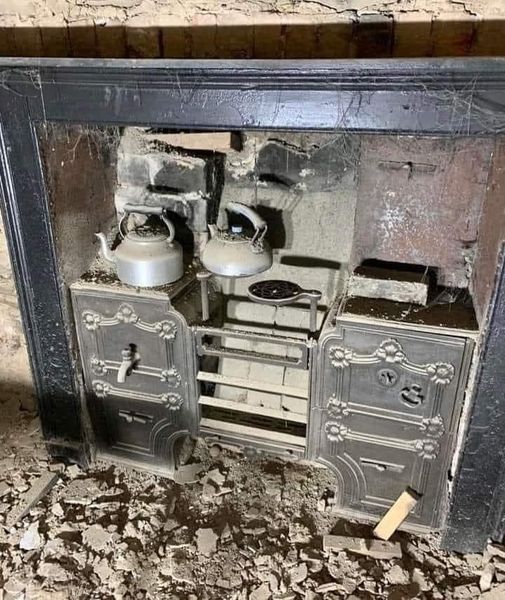Victorian Radiator with Bread warmer..
Victorian Radiator with Bread Warmer: A Curious Relic of Comfort and Elegance
In the heart of a grand Victorian home, where the walls are lined with dark wood paneling, floral-patterned wallpaper, and heavy velvet drapes, you might find a remarkable, and often overlooked, artifact—the Victorian radiator with bread warmer. This peculiar piece of antique engineering not only speaks of an era where aesthetics and practicality blended seamlessly but also offers a fascinating glimpse into the ingenuity of the time.
The Radiator: A Marvel of the Industrial Age
The radiator, a fixture of homes in the late 19th century, was often a luxury item. Heating systems during the Victorian period were evolving rapidly, moving away from open fires and stoves toward more efficient central heating systems. The Victorian cast-iron radiator was a perfect example of this shift. Made of ornate, intricately designed iron, these radiators often featured swirling patterns and floral motifs, showcasing the aesthetic sensibilities of the time.
In many ways, the Victorian radiator was a symbol of progress. In a world where cold, damp winters were the norm, the ability to heat a room more effectively meant more comfort and less reliance on open flames, which were both dangerous and dirty. However, the radiators weren’t just functional—they were decorative, becoming a focal point in many living rooms and parlors.
The Bread Warmer: An Unexpected Twist
But what makes this particular radiator so remarkable is its dual function—it also served as a bread warmer.
The bread warmer, built into the design of the radiator, was a clever use of heat. Many Victorian homes had large kitchens or hearths where bread was baked, but when it came time to serve, the bread often cooled too quickly, losing its warmth and comfort. Enter the bread warmer compartment, a small, enclosed area usually built directly above or below the main radiator. This compartment was designed to trap and circulate the warmth from the radiator, allowing it to gently heat bread, rolls, or other baked goods.
The warming chamber was typically a shallow, enclosed section with a grate or open slats at the front, allowing air and heat to circulate freely. A basket or metal tray would be placed inside, and the bread would rest there, slowly absorbing the heat as it sat atop or near the radiator.
Imagine a winter’s evening in a Victorian home, where the warmth of the fire and the gentle hum of the radiator would fill the room. The rich smell of freshly baked bread, now perfectly warmed and ready to be served, would add to the comfort of the household, making the meal all the more inviting.

Aesthetic and Functionality Combined
The Victorian radiator with bread warmer was not merely a utilitarian object—it was an emblem of the era’s careful blending of style with function. Radiators were often made with intricate patterns and engravings, designed to blend into the grand aesthetics of the home. The addition of a bread warmer was a perfect example of how Victorian homes seamlessly combined beauty with practicality.
The design of these radiators often featured cast-iron filigree or embossed floral motifs, much like the ornate furniture and chandeliers of the time. Some models even included decorative brass or bronze accents, adding an extra layer of sophistication. The presence of a bread warmer turned the radiator into a sort of “heating station” for more than just the home’s interiors—it added warmth and convenience to the everyday rituals of life.
The Legacy and Appeal Today
Today, these antique radiators are prized by collectors and enthusiasts alike for their historical significance and aesthetic appeal. Many still survive, their intricate ironwork sometimes covered in layers of paint, rust, and wear, but those who have restored them are often rewarded with a beautiful, functional piece of history.
In modern homes, finding such a piece is a rare treasure, often sought after by those who appreciate the craftsmanship and charm of the Victorian era. For those who are lucky enough to have one, it serves as both a practical heater and a unique conversation starter—one that harks back to a time when luxury, comfort, and ingenuity were key components of everyday life.
The Victorian radiator with bread warmer embodies more than just a relic of the past—it’s a reminder of a time when the smallest details were considered in the design of a home. It serves as a testament to the ingenuity of a period where innovation was combined with beauty, where comfort was elevated to an art form, and where the simple act of warming bread was treated with as much care as heating the home itself.
Related Posts
-
 Coudersport, Pennsylvania, is a charming small town located in Potter County in the northern part of the state.
No Comments | Oct 15, 2024
Coudersport, Pennsylvania, is a charming small town located in Potter County in the northern part of the state.
No Comments | Oct 15, 2024 -
 Old general store bag and string holder
No Comments | Feb 8, 2025
Old general store bag and string holder
No Comments | Feb 8, 2025 -
 A beautiful carved staircase can be a striking focal point in any home or building, blending craftsmanship with elegance.
No Comments | Oct 6, 2024
A beautiful carved staircase can be a striking focal point in any home or building, blending craftsmanship with elegance.
No Comments | Oct 6, 2024 -
 After pulling down a false wall in the cellar of 1857 house!
No Comments | Oct 15, 2024
After pulling down a false wall in the cellar of 1857 house!
No Comments | Oct 15, 2024